Description
About the Book :
Of late, political compulsions have made communists and so-called secular parties run malicious propaganda about RSS role in independence struggle and malign its sterling record of public Service.
This book tells us that RSS was wedded to the cause of Swaraj since its inception. The founder of RSS, Dr. Hedgewar’s life and actions and the oath that swayamsevaks took clearly showed the commitment to freedom struggle. To convert this freedom into Swaraj, India required disciplined and brave spirited young men who would be dedicated to the National cause. British records clearly show that they were wary of RSS using its growing clout for Independence struggle. Movement for freedom did not end with ‘tryst with destiny’ on 15th August, 1947. There were endless dark nights in this twilight period, when RSS workers were the biggest organised force apart from security forces who put their lives to risk to salvage whatever they could, of destroyed lives of millions. It is for people of India and history to judge whether these acts of bravery were patriotic or communal.
The author highlights other factors that led to our independence and underlines that it was not result of any one agitation or action but rose slowly over a wave that had built up on the back of cultural Renaissance triggered by great spiritual leaders of Bharat.
ISBN : 978-9353222413 ; Publisher : Prabhat Prakashan ; 112 pages
About the Author :
Dr. Ratan Sharda is an IT consultant based out of Mumbai. He has authored RSS360°, Biography of Prof Rajendra Singh, Sangh & Swaraj and has written many articles in leading magazines and newspapers. He is also a TV panelist.

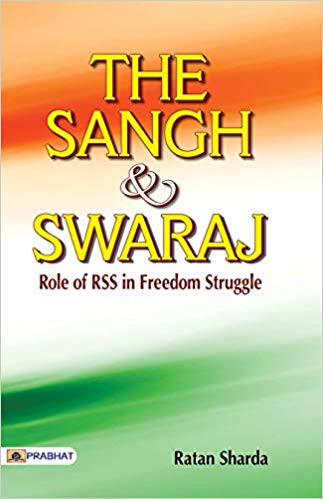

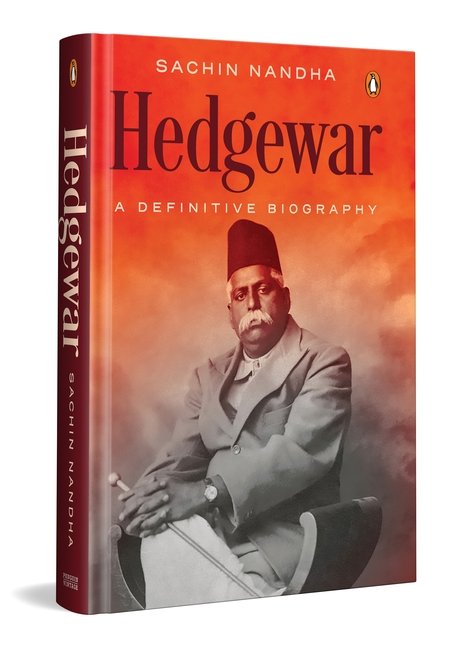
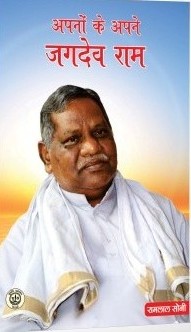

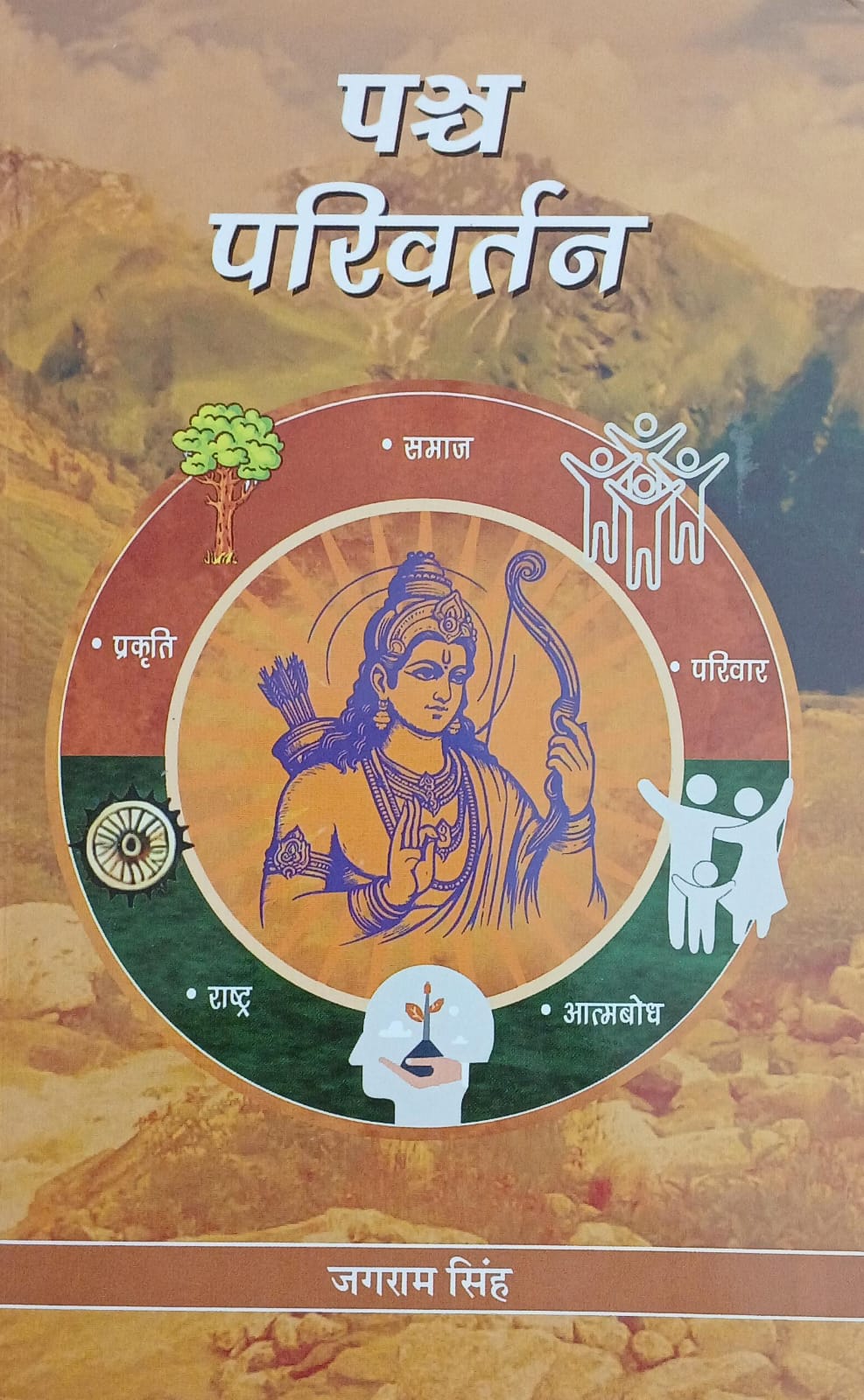
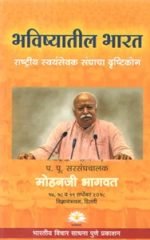
Sundeep Raikhelkar – :
Ratan Sharadaji’s book “The Sangh & Swaraj” is very factual with detailed references. The book owing to the writer’s narrative style remains a page-turner despite touching upon one of the most taboo topics in India filled with details on the worst form of humanitarian crisis in contemporary history.
This book tells a deliberately untold story of RSS and tells it straight from horse’s mouth. The book very effectively brings out how the british and congress viewed RSS and how the muslim league which is notorious for partition and direct action percieved RSS. To sum it all up, we get a full picture on what Sangh stood for.
Book brings out some of the amazing stories of true valor, zeal for the motherland and a sense of organized approach in achieving the goals. Through multiple examples, although stated briefly, the author brings to the front the phenomenal and yet understated role of RSS in the freedom movement, partition crisis and ending vestigial colonial rule after India’s independence.
This is must read for young readers who fall prey to “youtube” style journalists who try to defame the Sangh for their own profits.